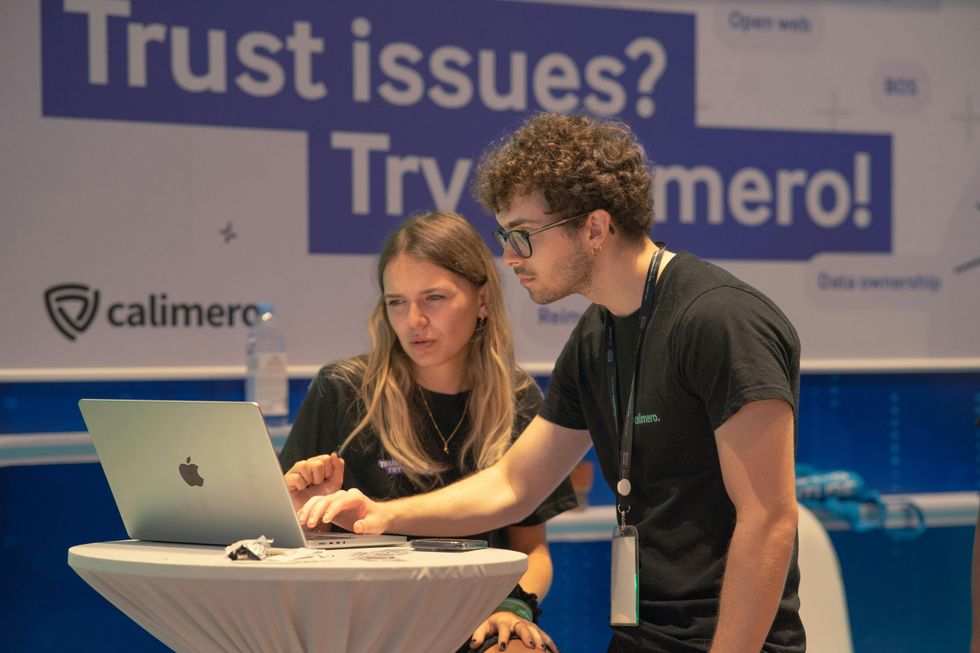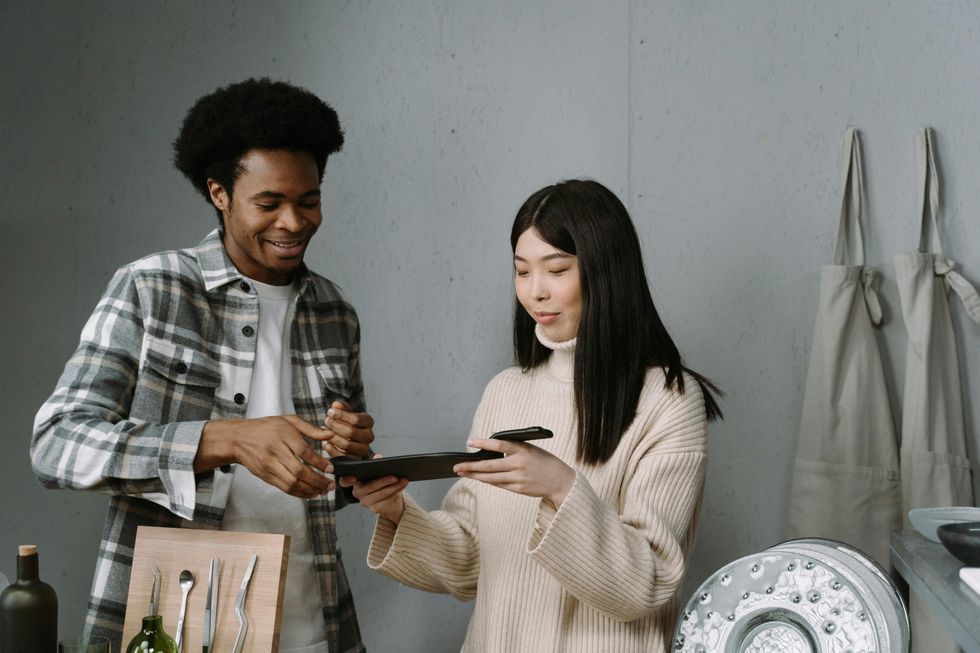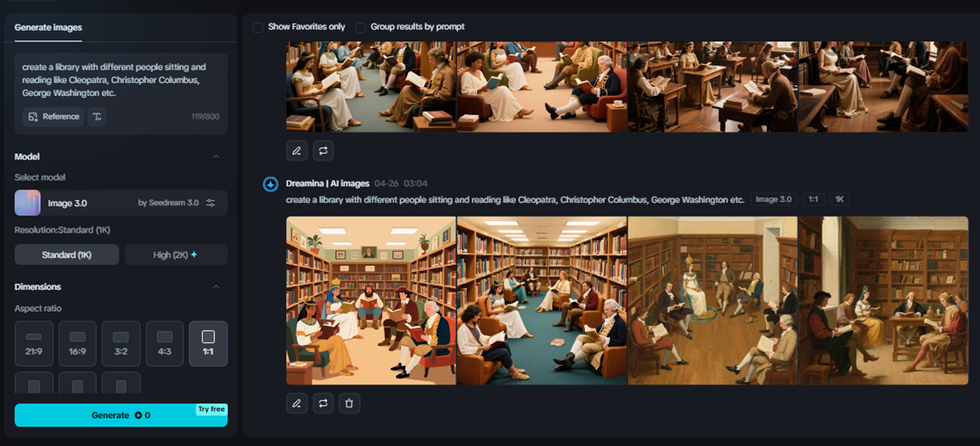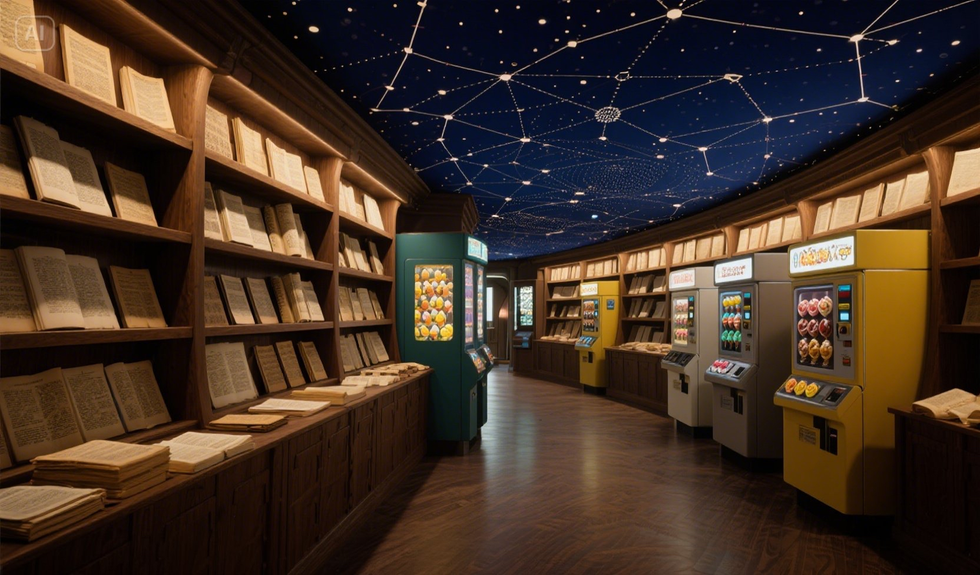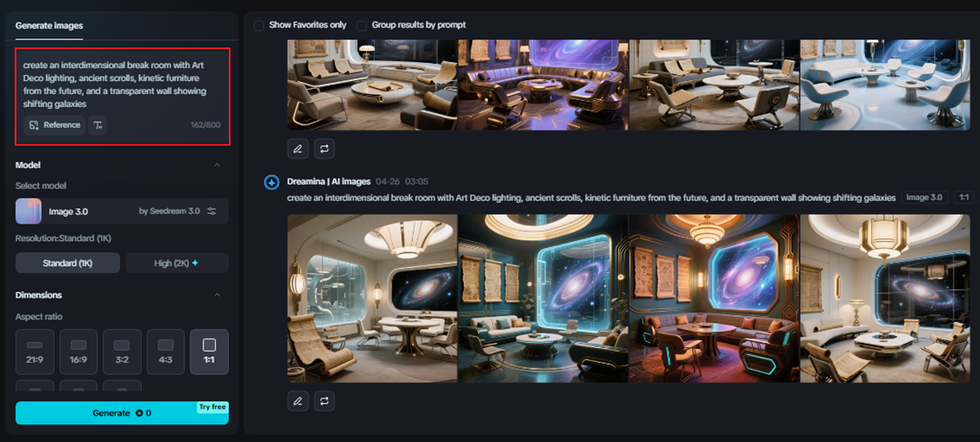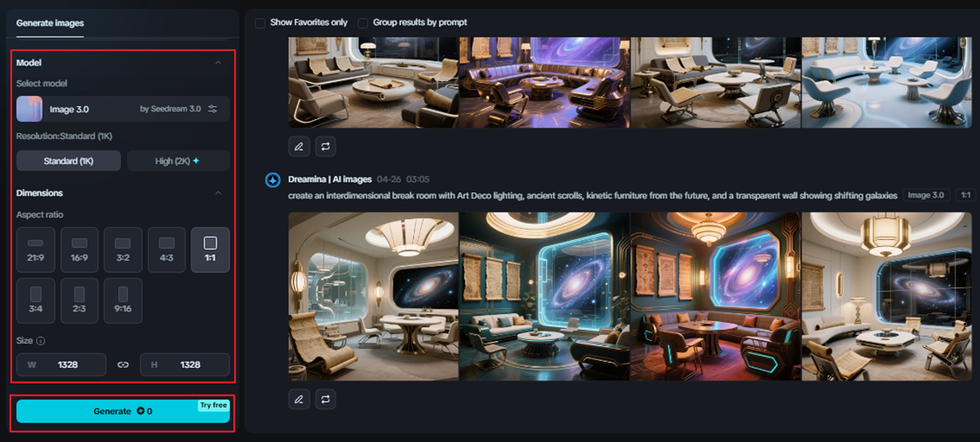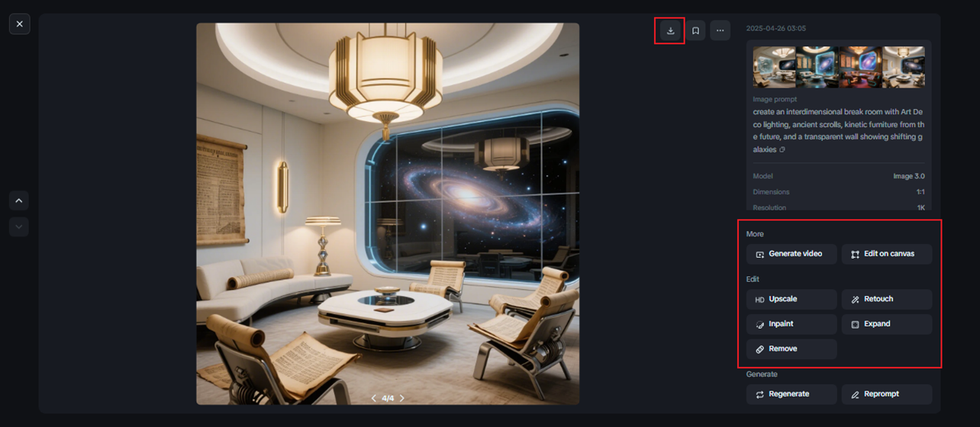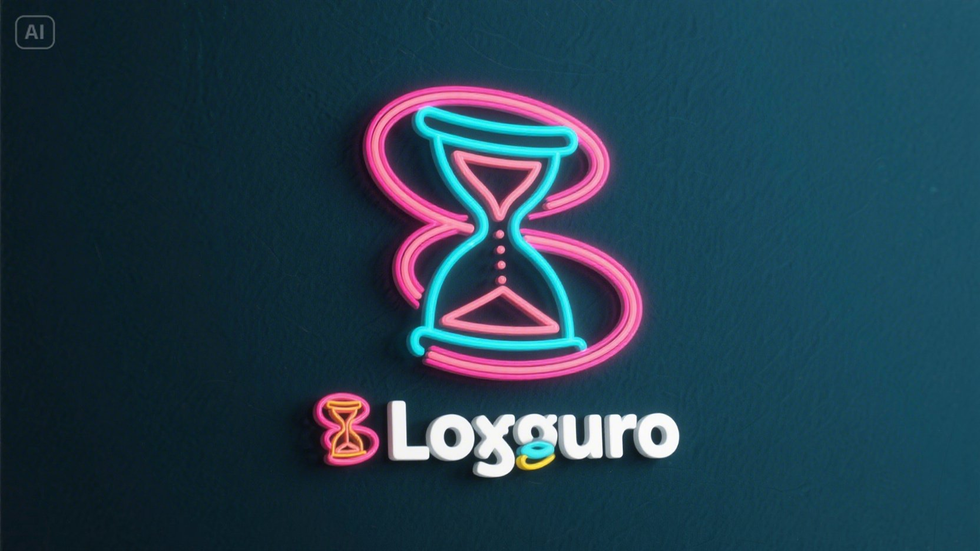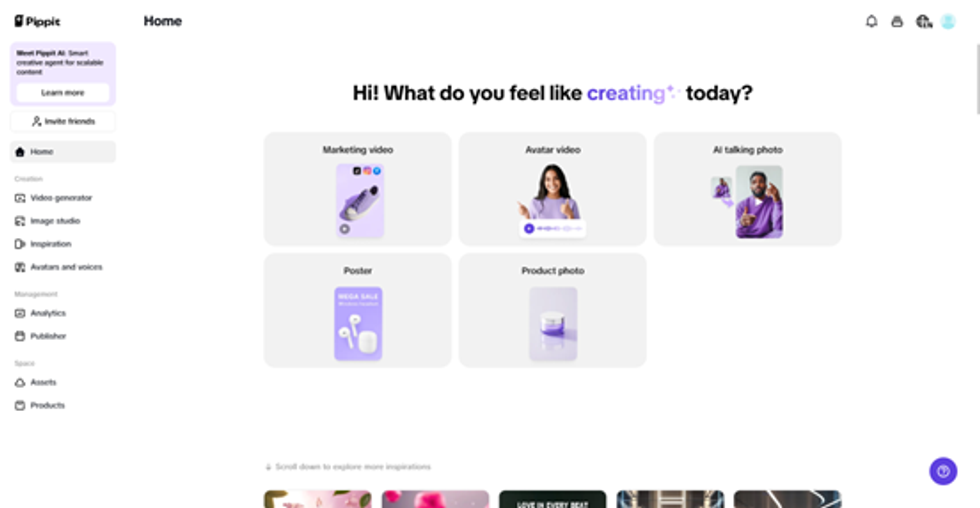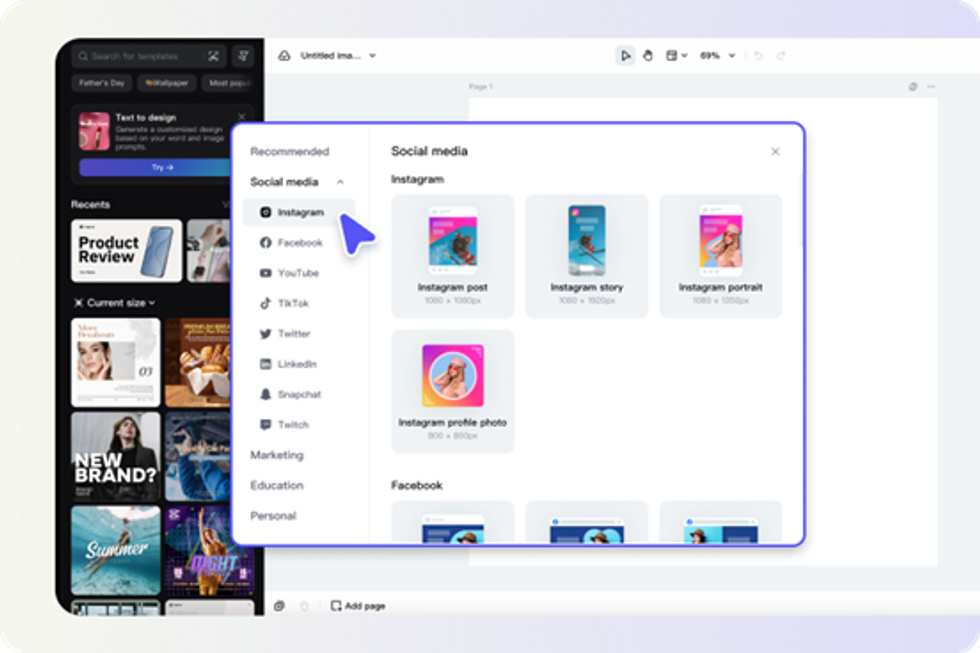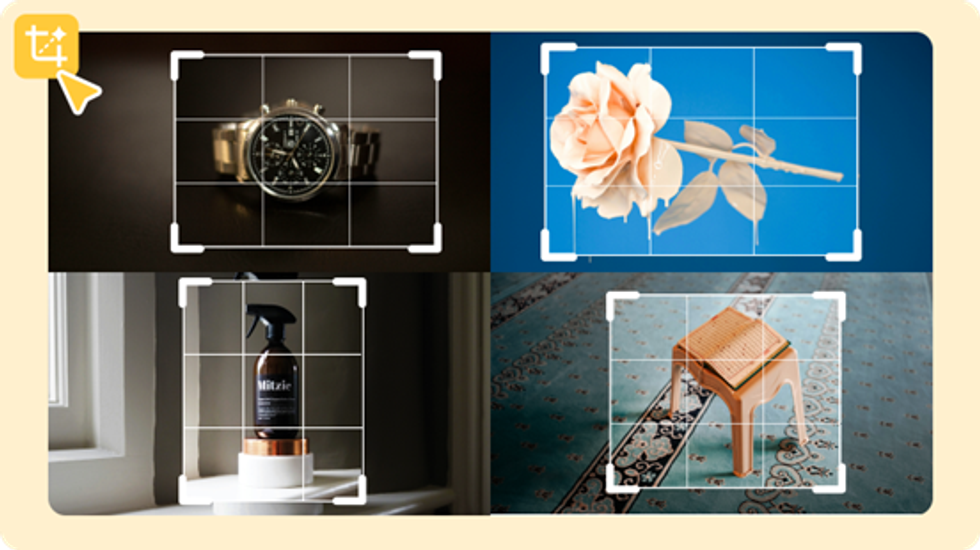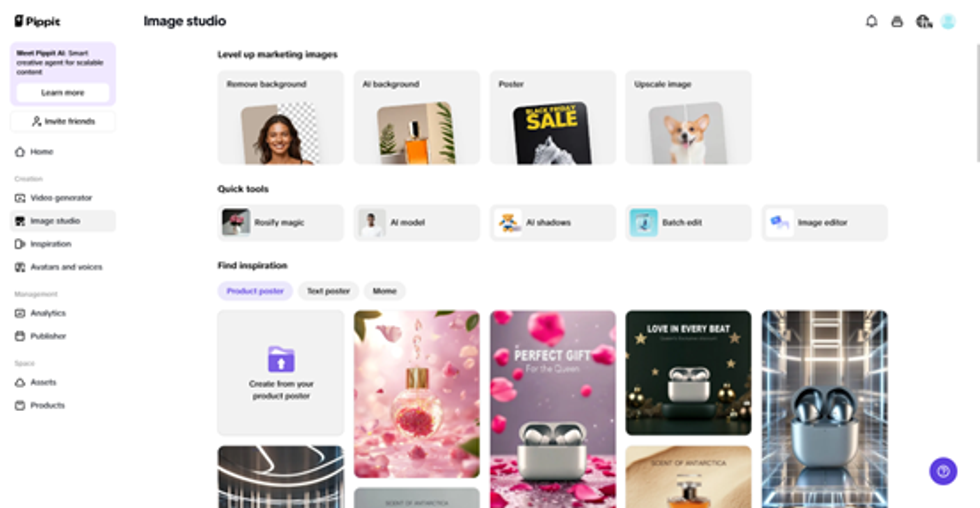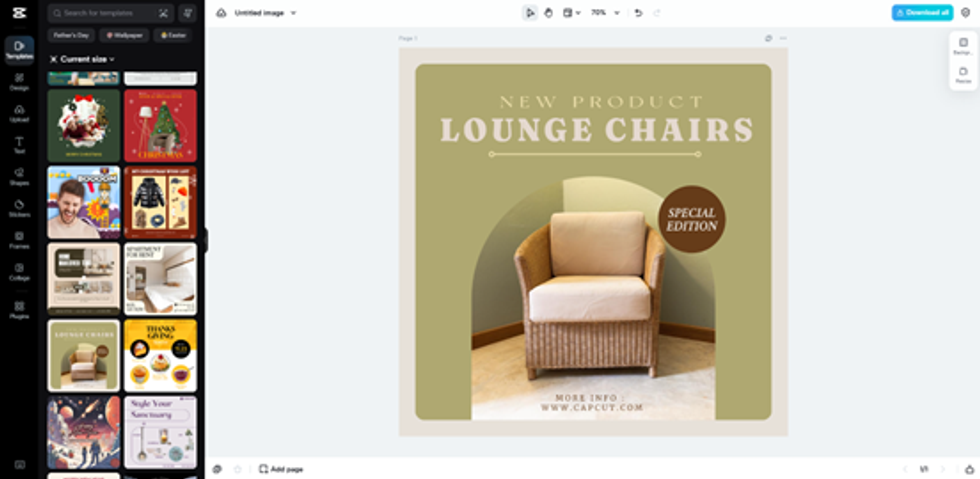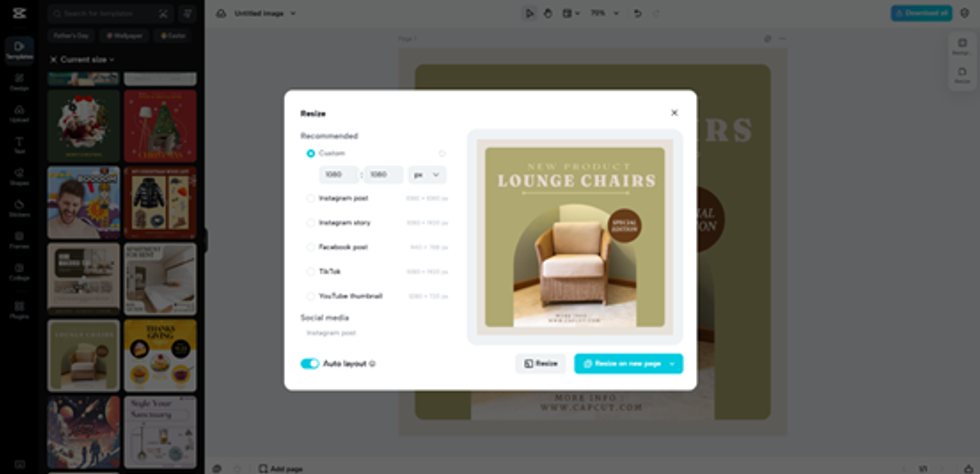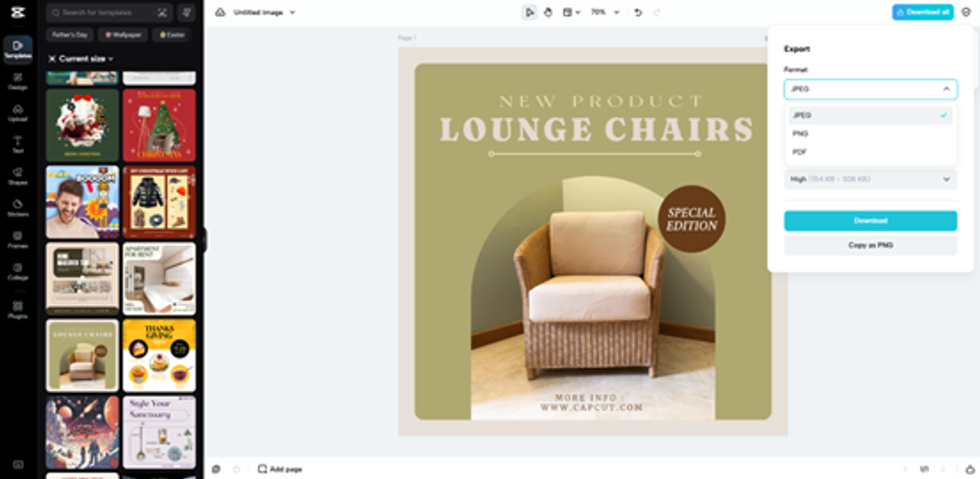Trade shows, as part of an event marketing strategy, should be part of the overall marketing plan of any business that is looking to grow. They give the rare chance to offer your brand a platform that someone else has built, to showcase your products, build connections, and strengthen the recognition and authority of your brand. Attending a trade show as an exhibitor is full of potential. However, it’s not enough to simply go. You need to plan to make it a success. Here, we’ll look at how to do that.
Choose The Right Events
First and foremost, you should make sure that you’re choosing the events that best suit your business. Taking your brand to events that aren’t relevant and showcasing before audiences that aren’t interested in what you have to offer is an easy way to waste both money and time. Take the time to research industry events and understand not just their scopes and aims, but their size, the kind of audience they draw, and what reputations they have. You can only attend so many events a year, so evaluate which of them are the highest priority and try to get a table at those that suit your needs the best.
Know Your Goals
Going to a trade show can certainly lend plenty of benefits in its own right, but if you want to make the best use of the opportunity, you should ensure that your appearance aligns with your goals. To that end, you need to know what your goals are. One example is to generate leads for future sales. Or perhaps you might want to network with industry professionals to build collaborative connections for the future. If you have a product launch coming up in future, then a trade show is the perfect opportunity to get your launch campaign rolling. Based on those goals, you can choose how you’re going to strategise your visit. For instance, if you’re looking to secure some brand authority, then finding a speaking opportunity is a good idea.
Start Marketing Early
You want people to know that you’re coming to the trade show and, if possible, to get them excited for it. Building anticipation for the show before it begins can encourage people to stop by your booth. What’s more, if you start marketing the show in tandem with its organisers, sharing their posts, and tagging them in your own, then they’re going to see your enthusiasm and may be more likely to invest in you in the future, as well. Start marketing weeks, or even months, in advance of a trade show, using email campaigns, social media, and press releases to get as much exposure as possible. Offer sneak peeks of what attendees can expect, whether rit’s a product demo, giveaways, exclusive promotions, or otherwise.
Brand Your Booth
At most trade shows, you are going to establish your presence with a booth, which is the physical representation of the brand and, for that reason, needs to make a strong impression. Choose the methods of marketing your booth that fit the size and potential benefits of the event. At a minimum, you should invest in professional signage and eye-catching displays, such as roller banners that highlight the key messages of your attendance campaign. For bigger events, you might want to invest in lighting, AV equipment, and more elaborate setups. You want your booth to look impressive, approachable, and easy to navigate, with a clear focus to draw in visitors.
Show Off Your Products
If your business deals in products that your customers can get their hands on, then the trade show is a great place to show it off. Whether you’re launching a new product or you simply want to best market your existing items, having it there to showcase in a tangible way is typically a good idea. Give it a prominent place in your display and ensure that it’s readily accessible for demonstration. You can heighten its visual impact with branded packaging, as well. Creating interactive and demonstrative experiences that show off the strengths of your product and address the pain points of your audience. If it’s a product that isn’t yet released, be sure to reach out to industry press and influencers to offer them the chance to see and experience it, so that they’re more likely to cover it after the event.
Practice Your Presentation
When someone stops by your booth, you can’t wait for them to drive the conversation. You need to have a pitch or a presentation that you can deliver. Avoid writing and rehearsing it word for word, but have a series of key points that you can address in conversation when discussing the benefits of your products and services. Practice engaging, concise, and informative pitches with the team that is attending with you. You want to know what you’re talking about, but also to keep it flexible enough that you’re able to navigate conversations much more organically. Of course, if you’re actively presenting to a group or audience, then you want to practice it a little more precisely.
Prepare Answers
Whether you’re talking to them one-on-one or you open the floor for Q&A after giving a presentation, expect that trade show attendees are going to have questions for you. These may be questions about the products you show, the company, or broader questions about the industry itself. Anticipate these questions in advance and prepare answers that are informative, well-structured, and address the motive of the asker. These can be basic questions about prices, how your products are made, as well as social obligations like sustainability practices. If you’re giving a speech, then ask yourself what objections the audience might raise and have answers ready for those, as well. Things may not be likely to get adversarial, but you should be ready for a little scrutiny.
Bring Your Best Salespeople
Most business owners do not attend business events alone. The logistics of setting up alone would make that difficult. Your trade show team should be hand-picked carefully. They’re the face of the business at the event and, as such, you want to make sure that they’re ready to represent you as best as possible. You want people who are confident speakers, even in public settings, as well as those who are knowledgeable, charismatic, and quick thinkers, able to respond quickly to the changing directions of free-flowing conversation. Be sure to take the time to prepare your team, as well, briefing them on your objectives, answers to have ready, and more.
Ready Your Business Cards
Although we may well be in the digital age, where more communication is done over email and IMs than over the phone lines, business cards remain one of the most essential tools of a networking professional. You can expect to swap a lot of them at a trade show. Make sure that both you and your team have a decent supply of high-quality, professionally designed business cards that offer both the necessary information and the brand impact that leaves a good impression. It should include, at a minimum, your contact details, logo, and position. However, many are designing modern cards with QR codes that link to your website or even a special landing page.
Consider Finding Some Speaking Opportunities
If you’re looking to give a sense of brand authority and to establish yourself as an industry leader, then finding a speaking opportunity at a trade show might be just what you need. If you’re attending with something newsworthy such as a new product to launch, then you have your subject material covered. Otherwise, you might want to take the time to think about topics to address, be it through a keynote speech, panel discussion, or a workshop. It could be an industry piece giving your insights on the future direction of the space, or based on research insights, trends, or case studies that can show that you’re a serious thinker to be taken seriously in the industry. Match your speech with the event’s agenda to ensure the best possible impact on your audience.
Be Sure To Follow Up
Your event marketing efforts aren’t done when the trade show is over. Rather, you want to capitalize on the connections that you made there. Following up can be vital for establishing long-term relationships with other industry insiders that you have met, as well as converting leads into customers. Take the time to send personalized emails thanking attendees for visiting your booth. If you were addressing any subjects in particular when talking with them, providing information, whether it’s brochures, links, or otherwise, can be a great way to show that you take their viewpoints seriously. It also gives you the opportunity to set up a meeting with those who showed particular interest in your offerings.
With the tips above, you should be able to maximise your presence at future trade shows to ensure that your brand makes the biggest and best impact. It won’t take you too long to see the benefits of a great trade show appearance.

